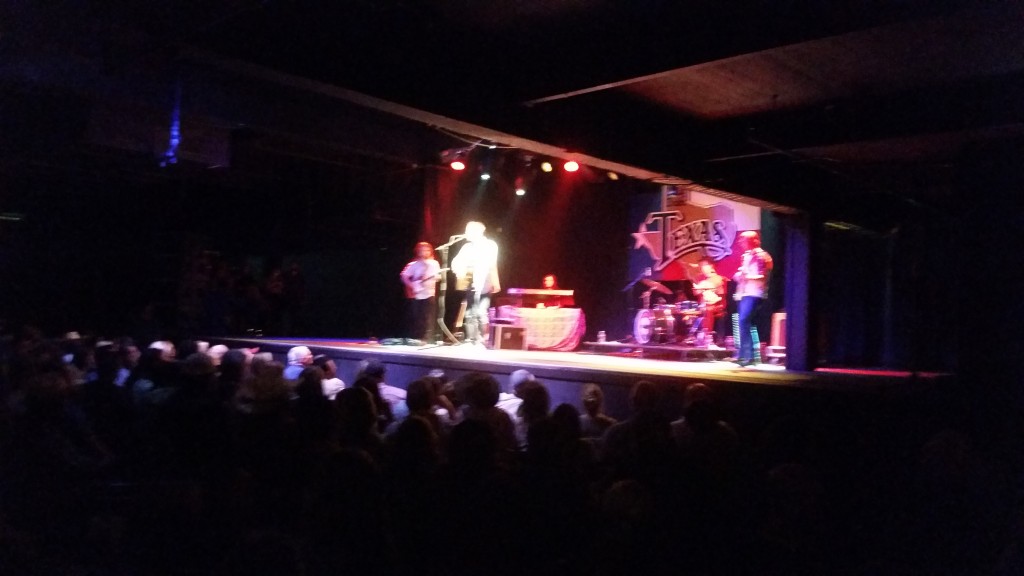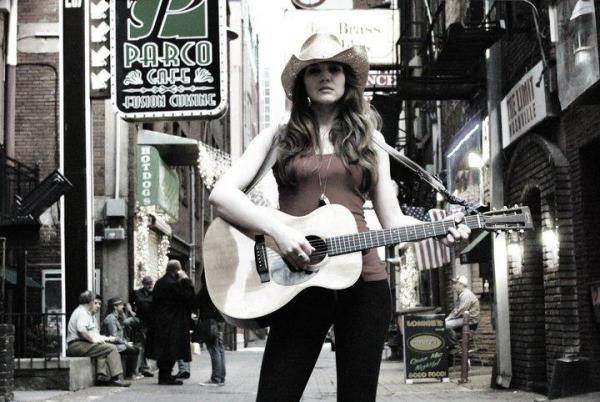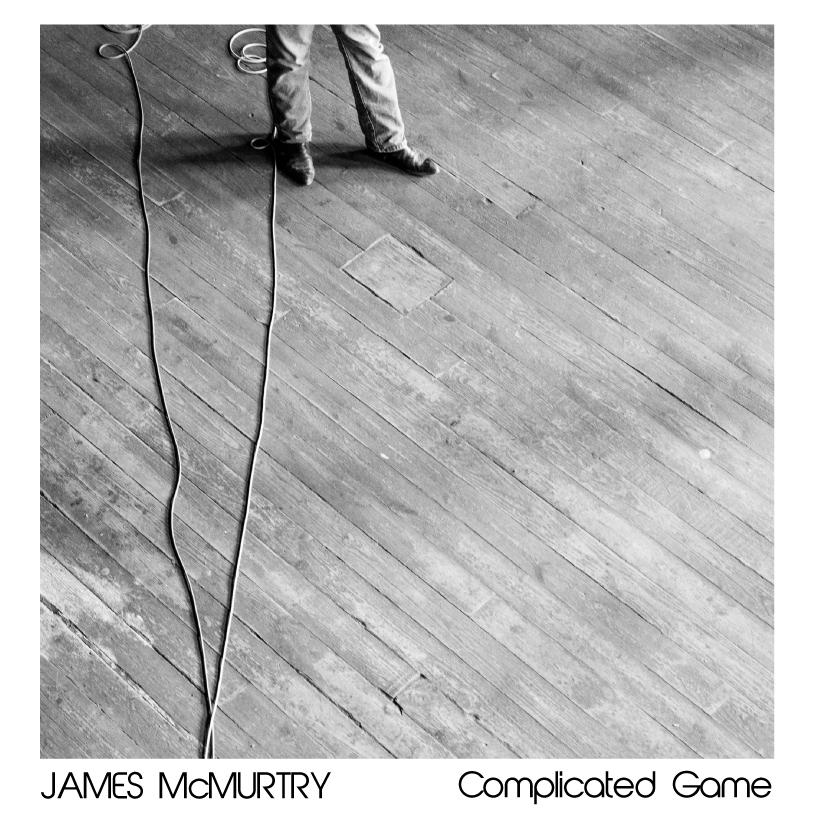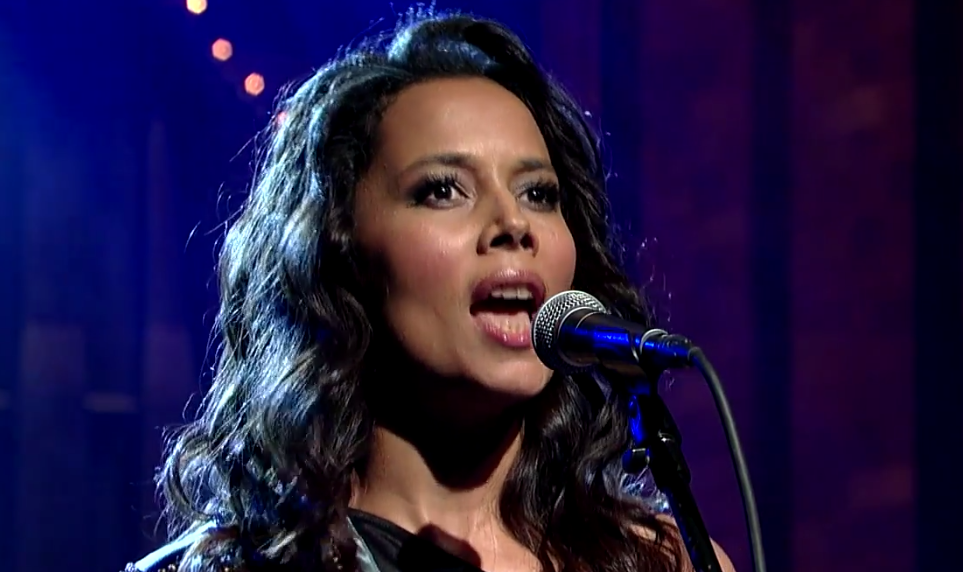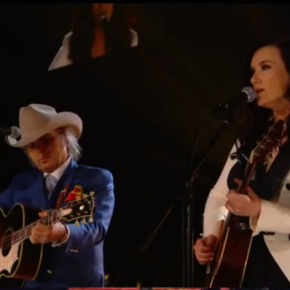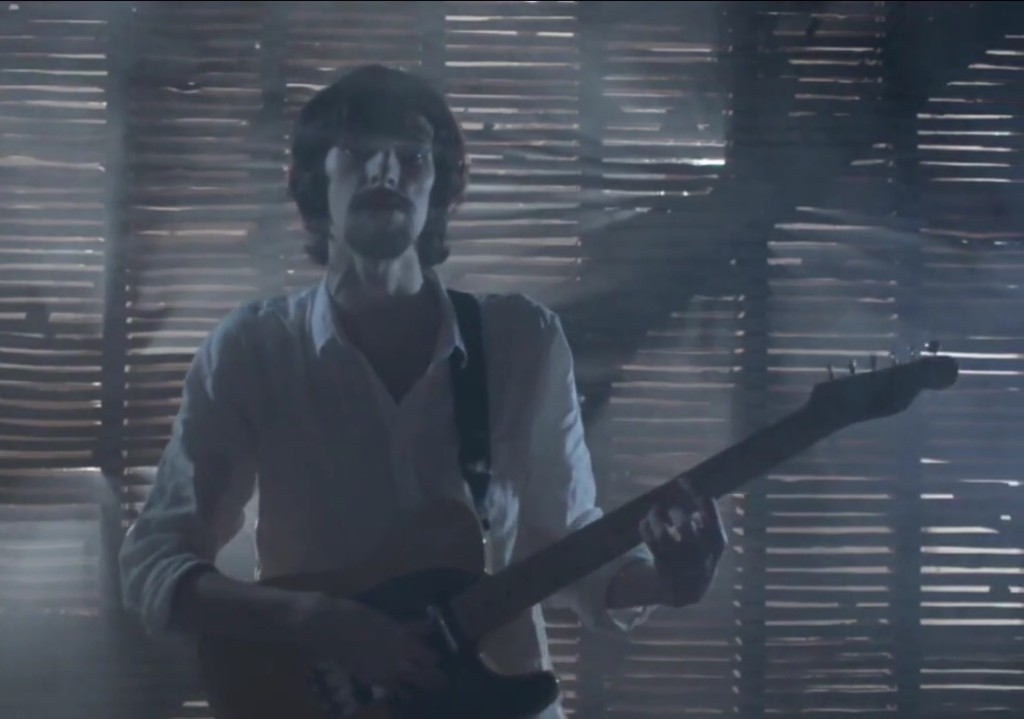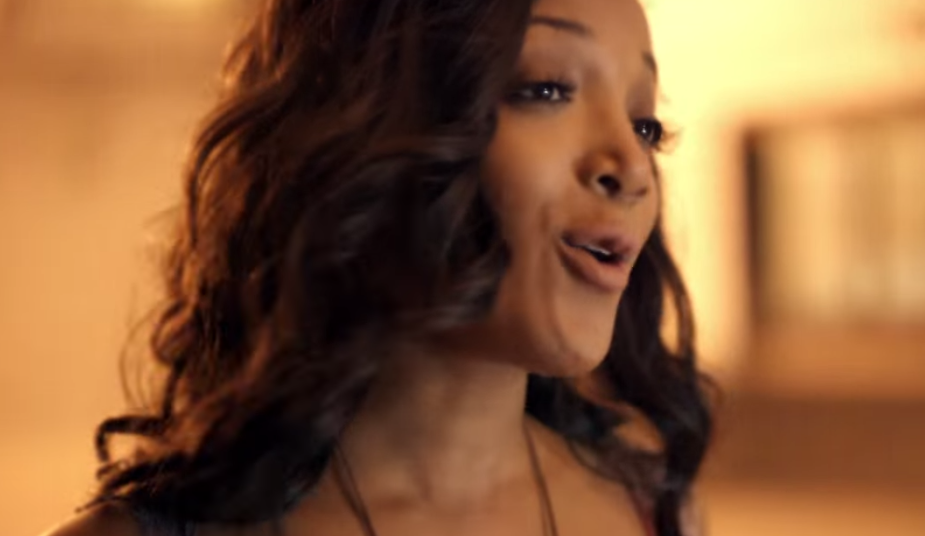Billy Bob’s Texas was erected in 1981 in the heart of Ft. Worth’s historic Stockyards district to capitalize on the Urban Cowboy fad, booming at the time. This hyper commercialization of country music was due to the passable Texan impersonations by actors John Travolta and Debra Winger in the movie of the same name, and it’s best-selling soundtrack scooped up by people in love with the blue-collar atmosphere the movie mythologized.
This effort delivered millions of new country music fans (and boosted Stetson, Justin and Lone Star beer sales,) but not all was rosy. Many argued that the singular focus on chasing sales diminished the classicly “authentic” country sound.
This is not the first time the “losing authenticity ” argument had been leveled at Music Row. the same grievances are claimed against the current manifestation of commercial country radio known as bro-country.
Now, just as then, there is hope in this dark hour.
The Urban Cowboy craze laid the path to the reenergizing of the genre by artists like Steve Earle, Dwight Yoakam and led the way to alt,country a few years later. Bro-country has led to the same kind of galvanization and created a hunger for something more genuine and less contrived. There is an opportunity for those that can deliver.
Enter Sturgill Simpson. The singer/songwriter has been riding a storybook year of late night TV appearances, a Grammy nomination, an Americana Music Award for Emerging Artist if the Year (10 years into his career.) There have been critical accolades and brisk sales of an album with the unlikeliest of titles “Metamodern Sounds in Country Music.” On top of all this he inked a big label deal with Atlantic Records in January.
Not too shabby.
Not one to sit on his laurels Simpson booked a few Texas dates around his taping of the first episode of the Austin City Limits 41st season. Just a few months after his heralded sold-out at Club DaD he’s back in the metroplex. This stop is the “The Worlds Biggest Honky Tonk,”
The 6000 plus crowd (roughly 10 times that of DaDa for those keeping score) was a study in his growing and expansive demographic appeal. Bearded and tattooed hipsters, camoed rednecks , spangle-jeaned cowgirls, pro shop dandys and North Dallas socialites packed together to witness country music’s climbing star.
His name spread not due to carpet-bombing commercial radio play or a calculated, million dollar media roll out. His was a grassroots effort of pilled-up shirt-sleeves, dogged perseverance of the man, his band and his management team.
I’ve seen Simpson put on generally the same show for 6 people as he did for this crowd of 6 thousand and his appeal, and power, come from his creativity, but also his work ethic. He’s glade you showed up, but if you didn’t the show would go on at the highest level possible.
On this night that workman-like focus, and display of musical dexterity, was in full display. As Simpson delivered bratone blasts of his road weary lines from ‘Living The Dream’ as if describing his current state “Time and time again Lord I keep going through the motions – A means to an end but the ends don’t seem to meet – Walking around living the dream anytime I take the notion – Til the truth comes bubbling up so bittersweet.” This was the man’s life imitating the man’s art.
The setlist revolved around his two studio albums, Bluegrass standards from the Stanley Brothers as well as selections from Texas legend’s Lefty Frizell and his spiritual guide Waylon Jennings served up to woops of appreciation from us locals. It was striking how well Sturgill’s songs bent time and meshed with songs created decades earlier.
The most striking moment was when Sturgill performed his gut wrenching cover of ‘The Promise.’ It was the one time in the show that the chatty crowd focused and synched to sing and sway along to the torchy reimagined tune by 80’s pop band When In Rome.
The show was taut and free of filler and flash. His roughly 90-minute set stood in sharp contrast to the upcoming American Country Music Awards – the rhinestone hype-fest set to take place in a couple of weeks at Jerry Jone’s palace of excess, AT&T Cowboys Stadium.
How his growing popularity, and his inevitable shift into a structure accommodating the change in his professional stature, will affect his viewpoint, and ultimately his music, remains to be seen. But at this point his music, from the heart and the gut, resonants with a growing audience wary of shiny radio fads. There’s a hunger for authenticity and Simpson has shown, with his confessional lyrics, low-key stage presence, and his reluctance to be country music’s savior, is the man for the job.
Like the Outlaw movement he’s most often associated with his outsider status comes from a man living according to his own vision. It’s an imprecise and romantic notion, but that’s exactly why it’s so compelling.

